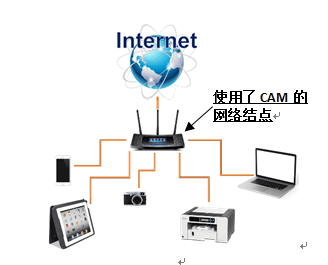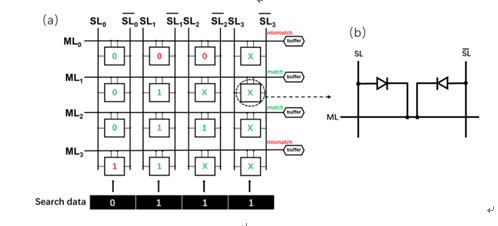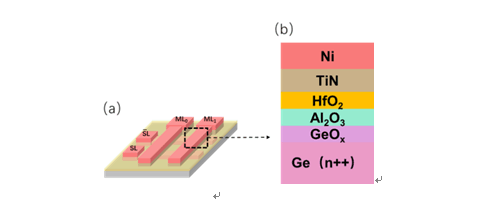Recently, a paper focused on the Ternary Content Addressable Memory(TCAM), written by Prof. Zhao Yi’s research group from the College of Information Science and Electronic Engineering, has been received by the 2018 Symposia on VLSI Technology and Circuits (VLSI Symposia). This work utilizes semiconductor integrated circuit technology to design and develop a new kind of TCAM based on memory diodes. VLSI Symposia is a top international conference in the field of semiconductor technology integrated circuits and enjoys a high academic status and extensive influence among international semiconductor academia and industry. This is the first time that Zhejiang University has published a paper at Symposia on VLSI Technology and Circuits. 2018 Symposia on VLSI Technology and Circuits will be held in Hawaii, USA from June 18th to June 22nd.
Content Addressable Memory (CAM) has a wide range of application prospects. Currently, it is mainly applied to addressing, searching and data flow control in network nodes. With the development of network technology and the increase of network complexity and data volume in the future, the use of traditional CAM no longer meets the demand and has become the bottleneck of network speed and power consumption. The industry has proposed TCAM, which can reduce the search power consumption and improve the search speed to a large extent. However, the current mainstream TCAM architectures are based on the traditional SRAM, DRAM and other basic storage units, resulting in a complex TCAM structure. What’s more, both power consumption and integration density are still problematic. In addition, with rise of IoT applications, the demand for low static power consumption CAMs is also increasing, which cannot be achieved with traditional SRAM and DRAM architectures. In response to this problem, Professor Zhao Yi's research group proposed and produced a non-volatile TCAM composed of memory diode arrays for the first time. Different from current mainstream CAM, the new TCAM based on germanium (Ge) base integrated circuit technology is compatible with standard CMOS technology. The circuit structure is simple, and the basic device size can be reduced to below 10nm technology node, which reduces chip area greatly. Also, the technology also has a major breakthrough in power consumption due to its non-volatile and nonlinear. This achievement is based on the long-term research of Ge base CMOS logic devices and is an innovative research result of the application of Ge base devices in memory devices. The first author of the paper is Zhang Yi, a postgraduate student. Dr. Chen Bing has made important contributions to the research achievement.

Figure 1 Classification and forwarding of IPv6 packets by network routers

Figure 2 (a) Schematic diagram of TCAM operation principle; (b) Schematic diagram of basic cell structure of TCAM in this study
Figure 3 (a) 2 × 2 TCAM three-dimensional array schematic diagram; (b) TCAM memory cell material structure





